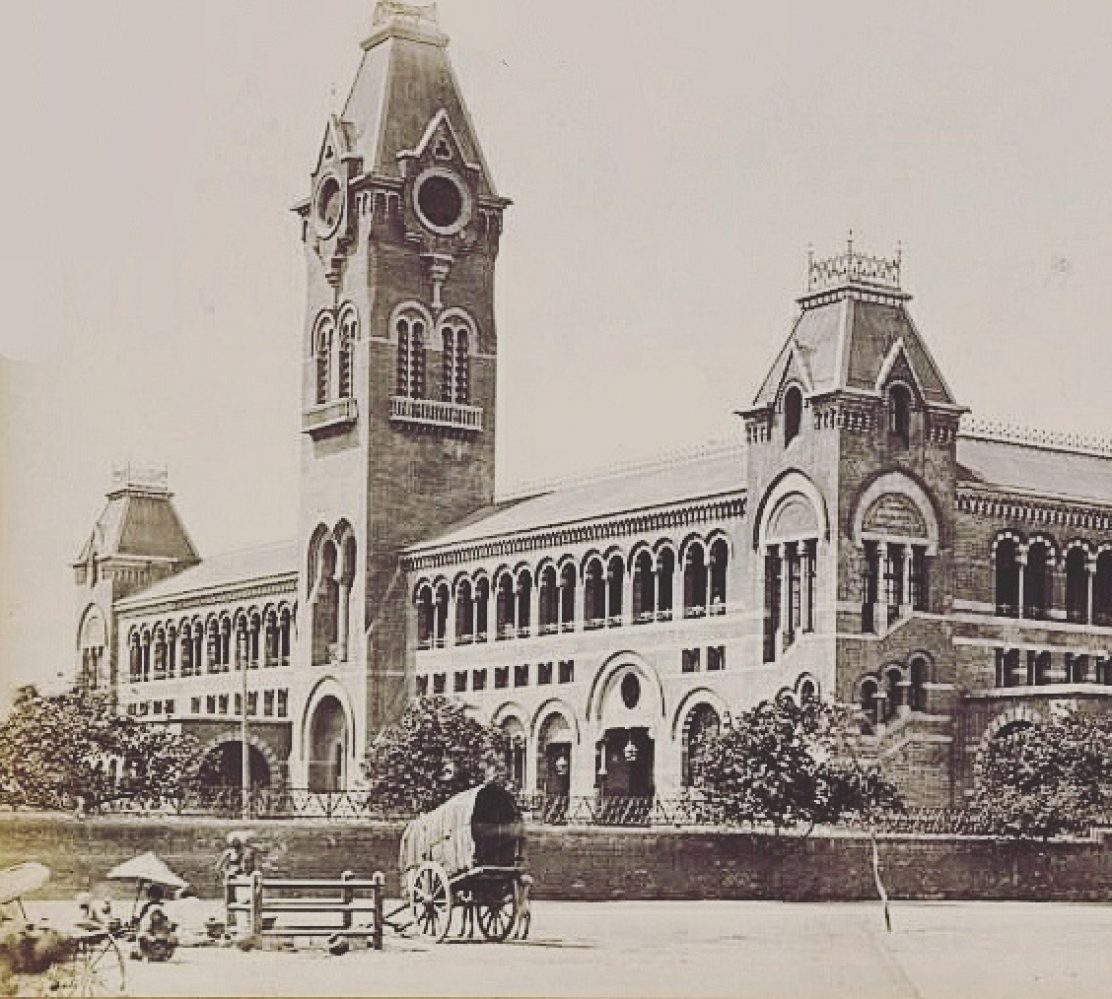◼️Periyar– The name literally translates to “great one/ a wise elder” and he indeed was one. He was conferred that title by women in the Tamilnadu Women conference held at Madras in 1938.
Erode Venkatappa Ramasamy was born in 1879 in the Madras Presidency to a wealthy family but he soon began to realise his true calling. In 1919, Periyar joined the Indian National Congress but resigned in 1925.In 1939, he became the head of the Justice Party which paved way for Dravidian politics in tamilnadu.
Periyar started the Self Respect Movement in 1925, which aimed at removing social injustice and inequality. He also voiced out this views about Freeing women from the shackles of family and culture. Periyar was one of the first voices to oppose the Hindi Imposition and that spirit still remains intact in Tamil Nadu even when all the other states gave in to the accepting Hindi.
Periyar’s contribution to Tamil Nadu politics drastically changed the face of politics in South India with regional parties gaining a stronghold over national parties. He shaped Tamil Nadu politics as we see it today.
In his ideologies, thoughts and actions, he was hell bent on thrashing everything that was wrong with our social system. A staunch believer of social justice and eradication of the caste system.. Like every great visionary he was also misunderstood by many. Swear words, Cow dung and slippers are what he got for his path breaking ideals. He took it all in a positive stride and exclaimed
“One who comes to public service should be void of any pride or dignity. If one feels ashamed or embarrassed he can’t serve the society”
பொதுத் தொண்டுக்கு வந்தவன், மானம் – அவமானம் பார்க்க முடியாது; மானம் பார்த்தால் தொண்டு செய்ய முடியாது!’
Periyar is too big to be contained in one post, essay or even a book. His ideals and thoughts are life lessons upon which we must build our lives. Tamil Nadu and its people should be eternally grateful to this great man for changing the political and social landscape of our state.





